- Home
- Docs
- Installation and configuration
- Community
- Hosted solutions
- Deploying ONLYOFFICE Docs in Vultr
Deploying ONLYOFFICE Docs in Vultr
Introduction
Now you can easily deploy the Docker version of the ONLYOFFICE Docs in the Vultr infrastructure using a one-click app provided in the Vultr Marketplace.
The one-click app is an image that includes all the necessary pre-configured components to deploy ONLYOFFICE online editors on a Vultr server running under Ubuntu OS:
- Docker service,
- ONLYOFFICE Docs.
Once your ONLYOFFICE Docs instance is launched, you can integrate ONLYOFFICE Docs with one of the cloud storage platforms, such as Alfresco, Confluence, Liferay, Nextcloud, ownCloud, SharePoint, HumHub, Plone, Nuxeo etc.
Step 1. Create your instance in Vultr
Log in to your Vultr account and click the Deploy Instance button, or use the Plus icon and choose the Deploy New Server option.
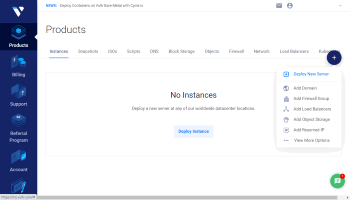
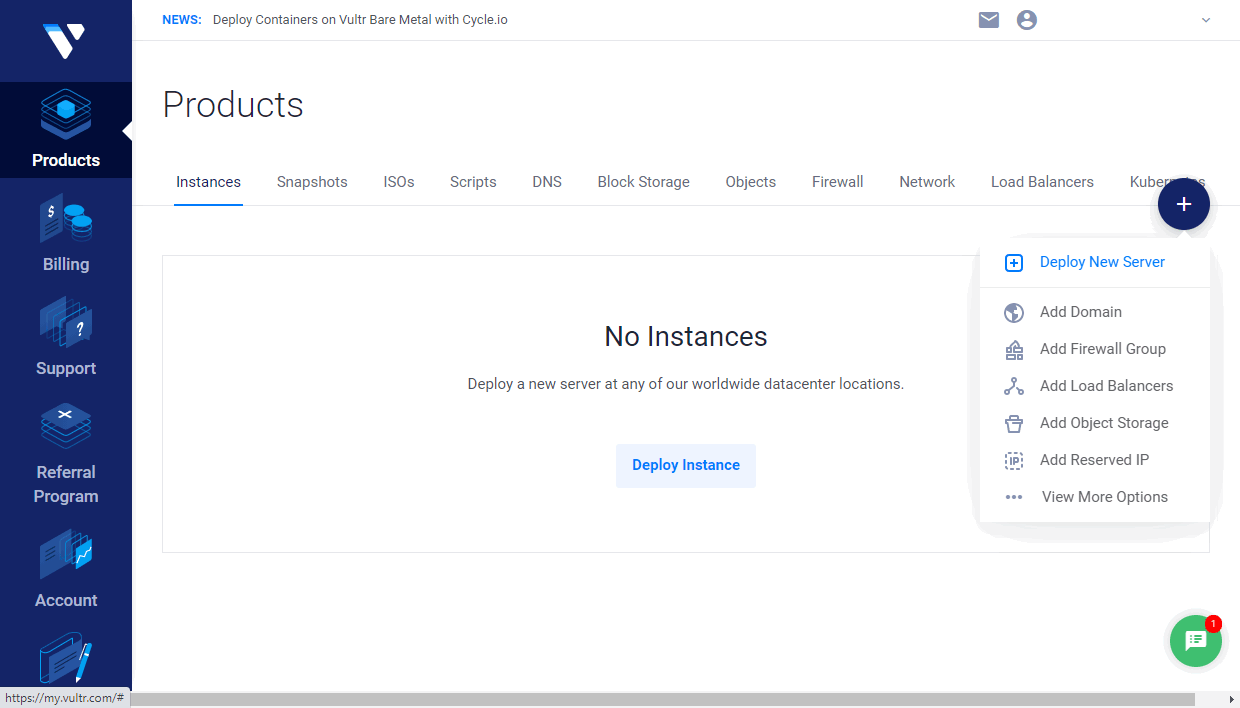
If necessary, you may choose an appropriate server type in the Choose Server section: High Frequency, Cloud Compute, Bare Metal, or Dedicated Cloud.
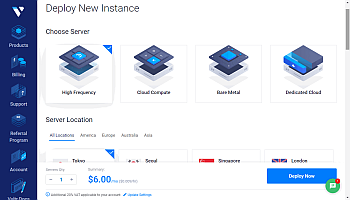
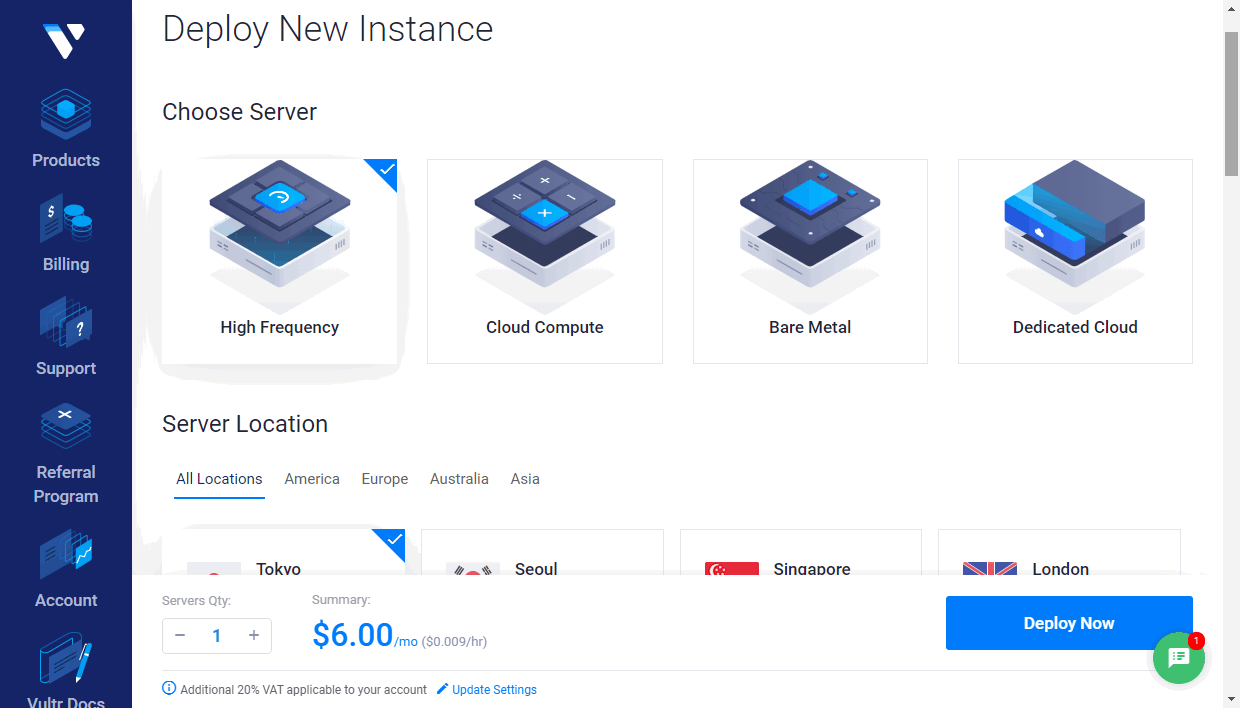
You may also choose the location closest to you in the Server Location section: America, Europe, Australia, Asia.
In the Server Type section, switch to the Marketplace Apps tab. Find ONLYOFFICE Docs in the Business category and click it to choose. If you launched the instance from the details page, the ONLYOFFICE Docs app is selected automatically.
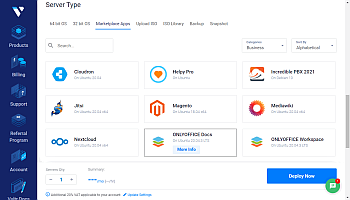
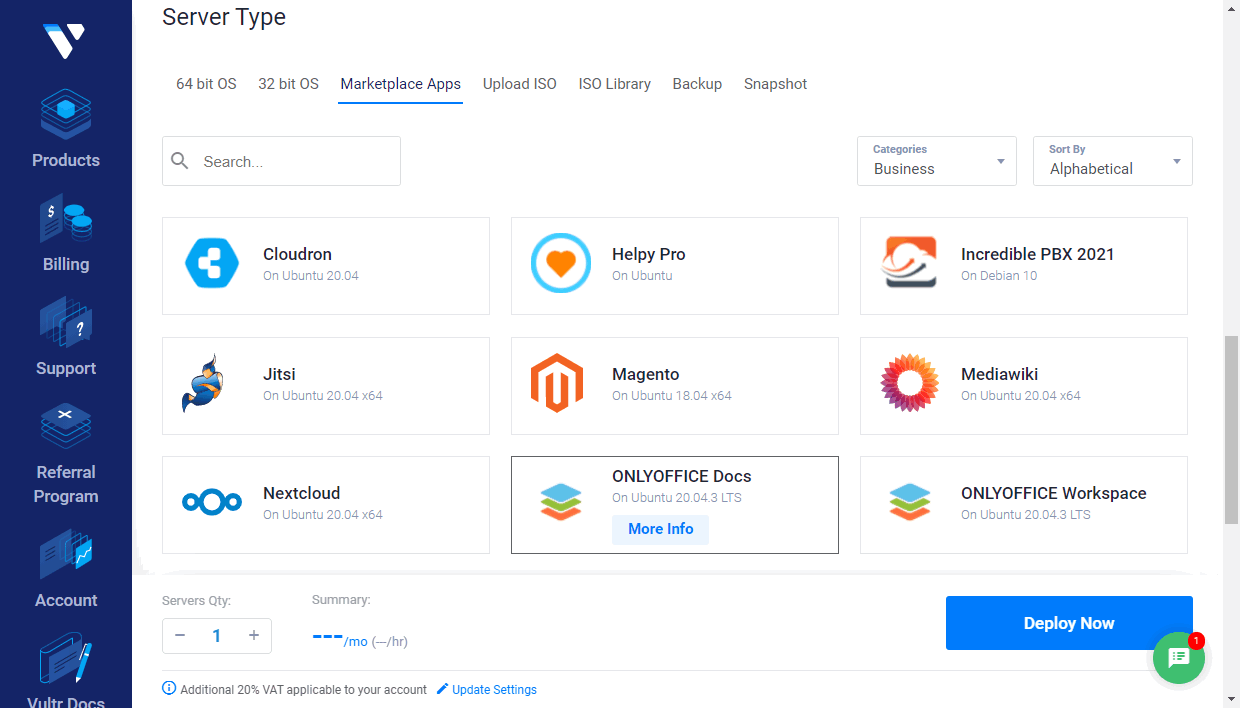
In the Server size section, you may select the server size you want to use or leave the default one. The available options may differ depending on the selected server location.
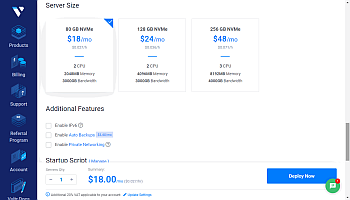
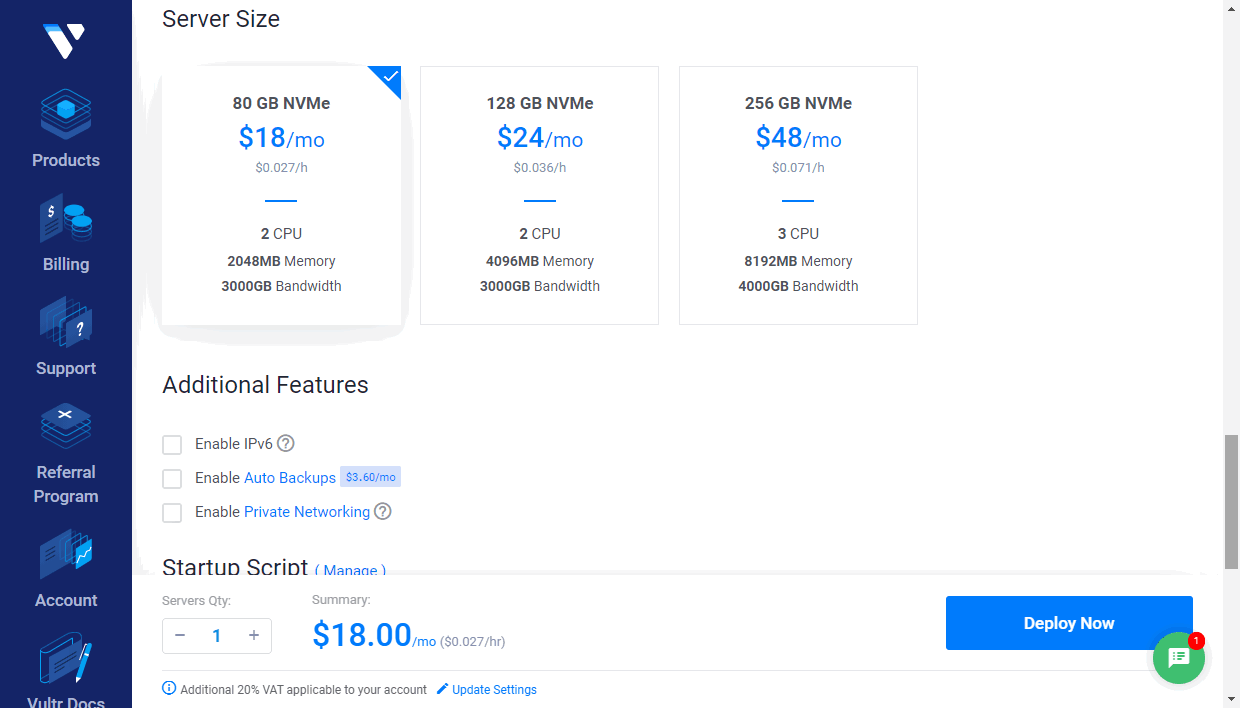
Optionally, you may set up some additional features: enable IPv6 networking, Auto Backups, DDOS Protection (this option is available for certain locations only), or Private Networking.
The SSH Keys section allows you to add a public SSH key if you want to connect to your server using an SSH key instead of a password. If you have previously added SSH public keys in your Vultr account, they will be displayed in this section. You can choose the necessary public key or add a new one. A private key must be stored on your local machine. To learn more how to create SSH key pairs and add the public key to an instance, you can refer to the Vultr documentation.
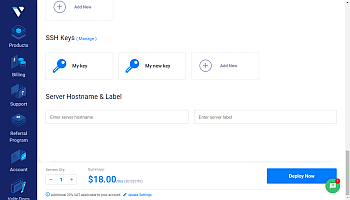
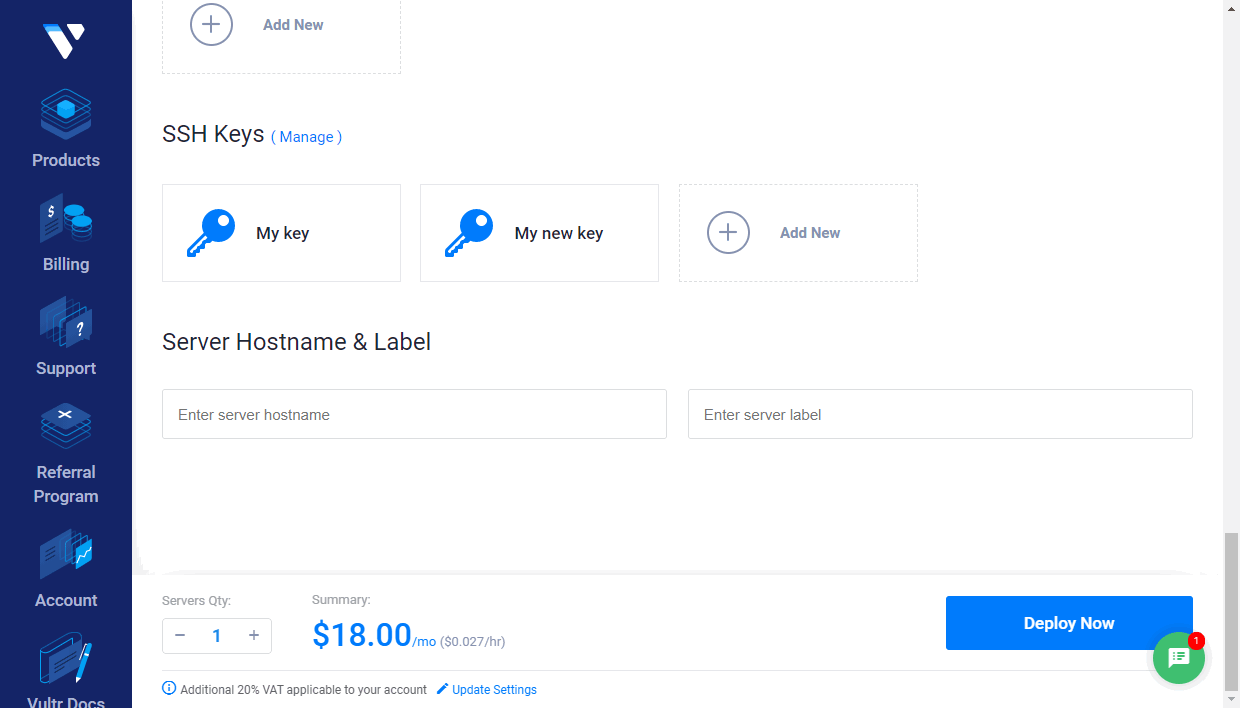
If necessary, specify the Server Hostname & Label.
Click the Deploy Now button.
The newly created instance will be displayed on the Vultr Products page. Wait while the instance is being installed. When its status is changed to 'Running', click on the server name or use the Server Details option to open the Server information page.
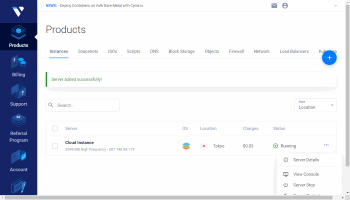
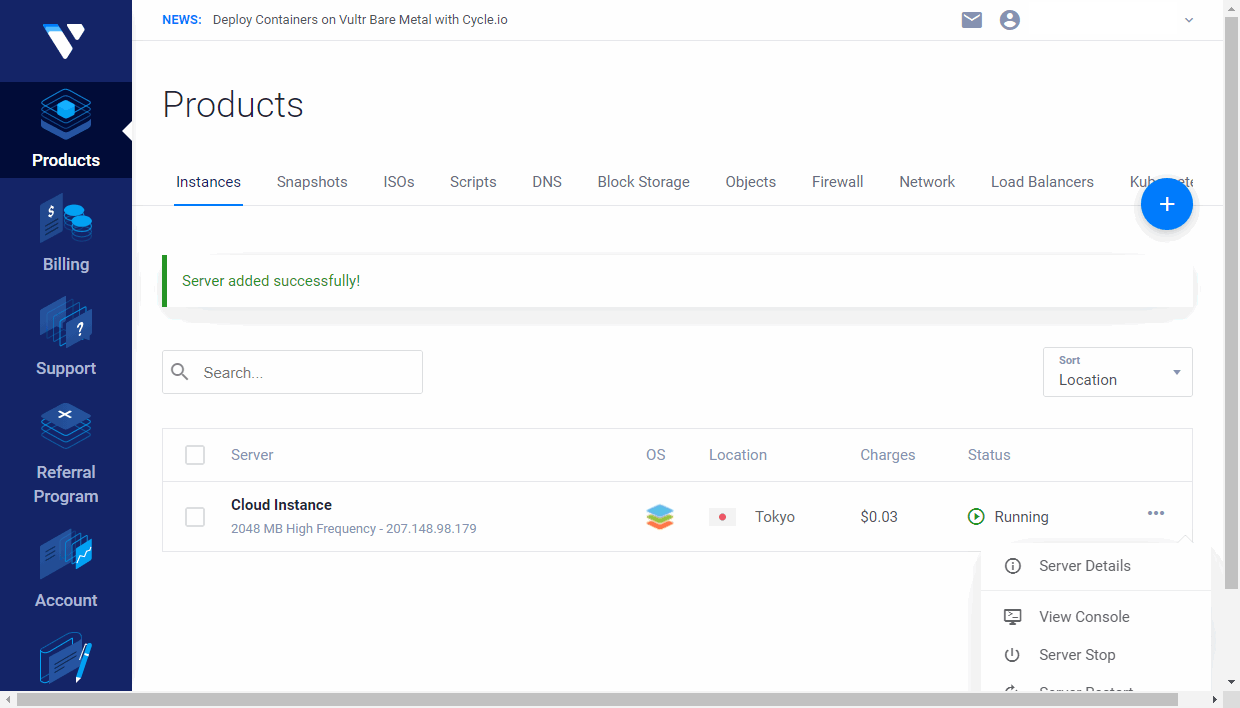
Click the  icon to copy the server IP address.
icon to copy the server IP address.
On the Server information page, you can also find your root password, which is necessary to access the instance.
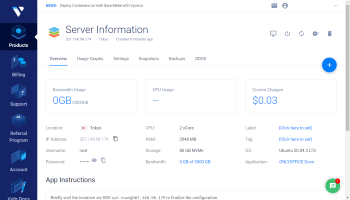
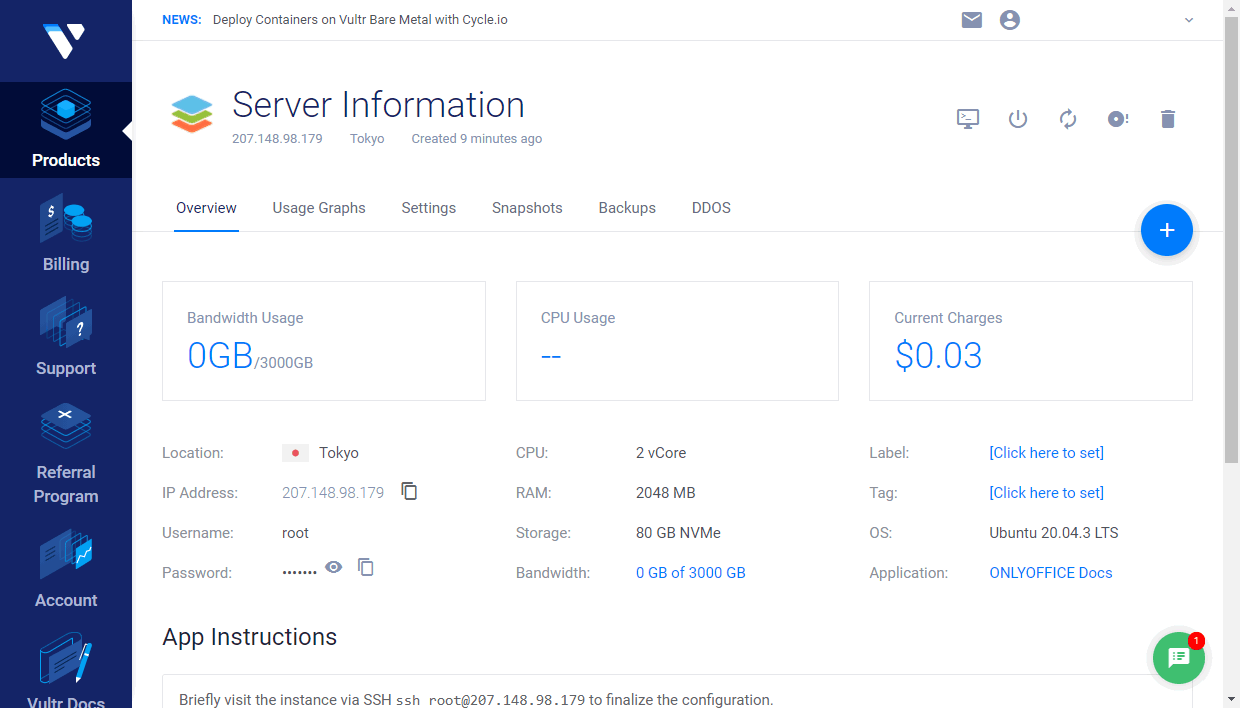
Step 2. Connect to your server via SSH to finalize the configuration
On Windows, you can use the PuTTY utility.
Enter the instance IP address, make sure that port 22 is specified and the SSH connection type is selected.
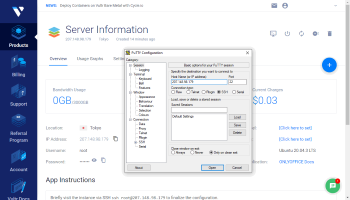
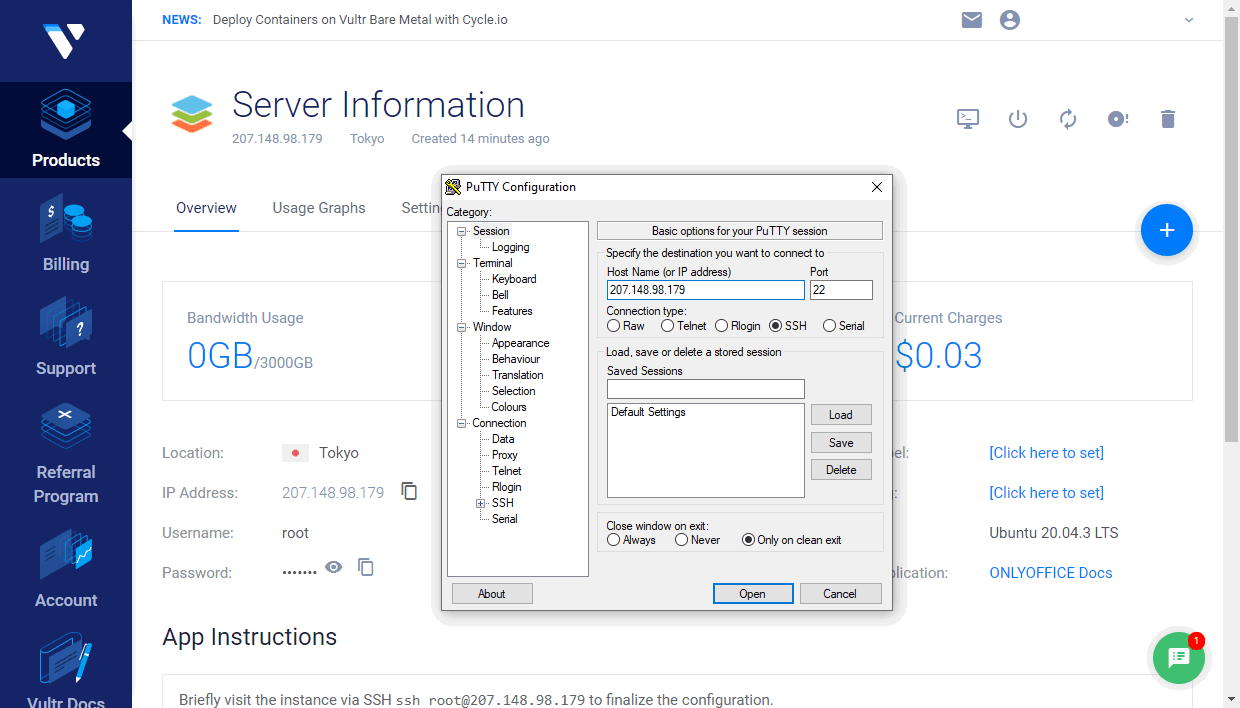
If you added an SSH public key when creating the instance, specify the path to your corresponding private key stored on your local machine in the Connection -> SSH -> Auth section.
Click the Open button. Then click Yes in the PuTTY Security Alert window.
- If you haven't added SSH keys when creating the instance, use
rootas a login and enter your root password that can be found on the Server information page. - If you added an SSH key, you will be authenticated using your private key.
On Linux, you can use an SSH client like OpenSSH. Enter ssh root@your_instance_ip to your terminal and type yes to continue connecting to the server.
- If you haven't added SSH keys, you'll be prompted for your root password that can be found on the Server information page.
- If you have multiple SSH keys, you may need to specify the path to your private key:
ssh -i /path/to/private/key root@your_instance_ipYou will be authenticated using your private key.
The onlyoffice-document-server Docker container will be started automatically.
To explore the solution functionality, enable our test example, which will allow you to upload your local files for testing. To do that, execute the following command:
sudo docker exec $(sudo docker ps -q) sudo supervisorctl start ds:exampleAdd the example to the autostart:
sudo docker exec $(sudo docker ps -q) sudo sed 's,autostart=false,autostart=true,' -i /etc/supervisor/conf.d/ds-example.confStep 3. Access ONLYOFFICE Docs via a web browser
Once the example is started, enter http:// + <your instance IP address> into a web browser address bar and click the GO TO TEST EXAMPLE button.
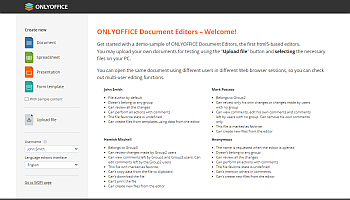
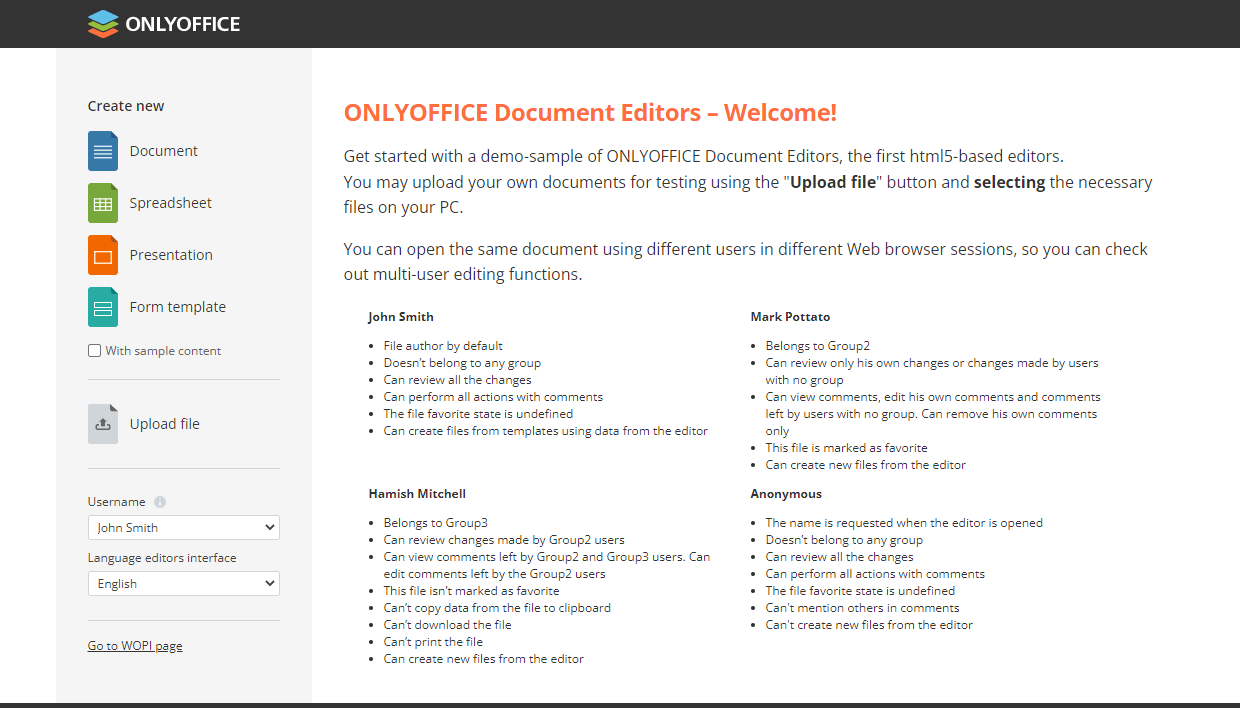
The ONLYOFFICE Docs example page opens. Here you can:
- Upload a file stored on your PC using the Upload file option.
- Create a new blank text document, spreadsheet, presentation, or form template using the Create new -> Document, Spreadsheet, Presentation, or Form template options. If you want to create a file with a sample content, first check the With sample content box.
The uploaded or created file will open in a new browser tab with the corresponding ONLYOFFICE Online Editor so that you can test editing capabilities.
The file will also appear in the Your documents list at the Docs Community Edition example page.
If you want to check co-editing capabilities, select another test user from the Username list and then click on the same document in the Your documents list to open it in a new browser tab.
To integrate ONLYOFFICE Docs with your own web application, you can refer to the API Documentation.